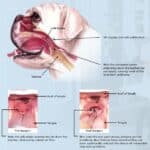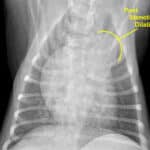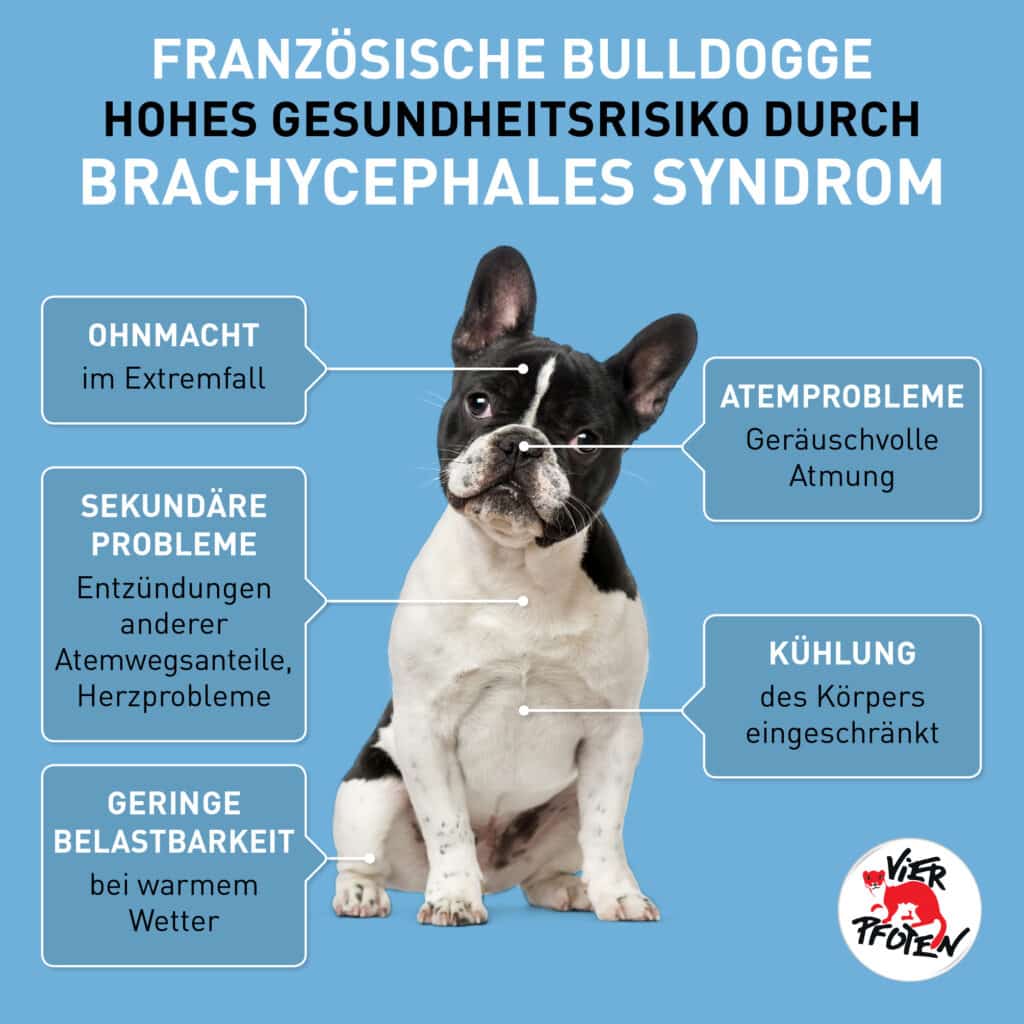
Brachycephalic syndrome
Unfortunately, the shortening of the facial skull caused by breeding is associated with significant problems for the dogs. The deformation of the head changes the patient's upper respiratory tract to such an extent that sooner or later most dogs suffer from significant shortness of breath. by Brachycephaly :
Brachycephalic syndrome in dogs:
- Maltese Bichon
- American and English Bulldog
- pug
- French bulldog
- boxer
- Pekinese
- Miniature Pinscher
- Boston terriers
- Shih Tzu
- Cavalier King Charles Spaniel
- Lhasa Apso
- Chihuahua and others
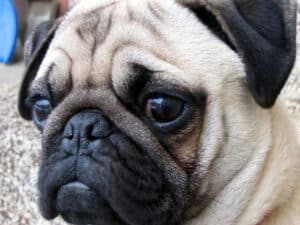
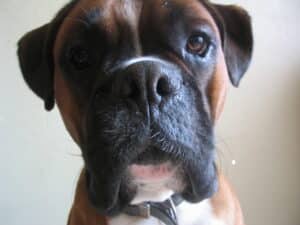
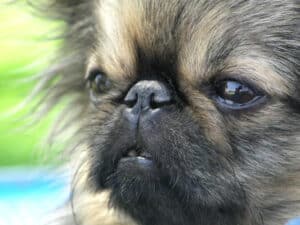
Brachycephalic syndrome in cats:
- Scottish Fold
- British shorthair
- Persians and others
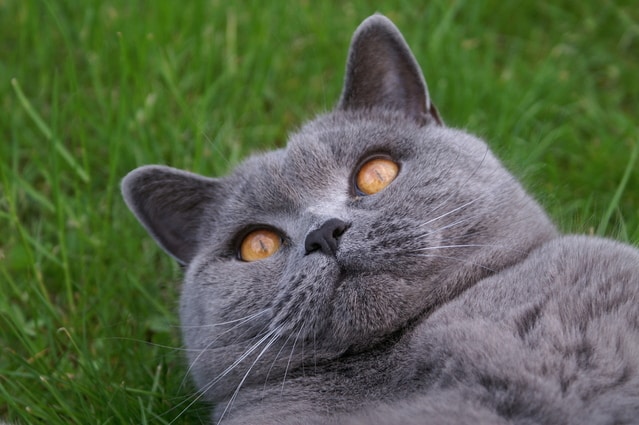
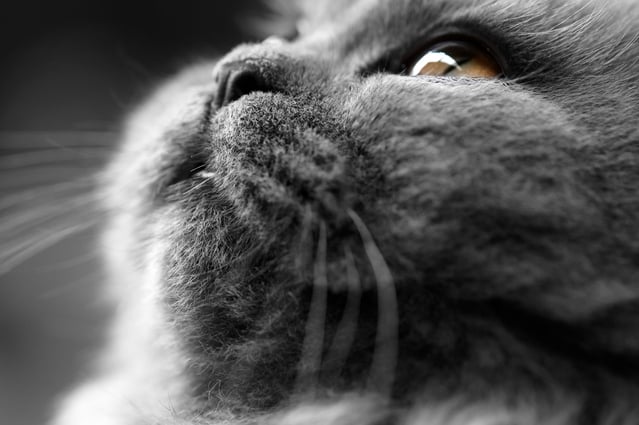
Symptoms of brachycephaly
The symptoms that can occur are summarized under the umbrella term “Brachycephalic Obstructive Airway Syndrome” (BOAS). Specifically, these are:
- loud snoring while sleeping or awake
- the dog always seems to be “slimy” or “cold.”
- shortness of breath
- blue tongue
- rapid overheating, especially in summer, due to inadequate thermoregulation
- Exercise intolerance
- Gagging or vomiting during or after exercise
- Nocturnal sleep disorders similar to sleep apnea in humans and therefore constant daytime sleepiness
Brachycephaly is a dynamic and progressive disease, so symptoms often do not become noticeable until early adulthood and become more severe as the disease progresses . Unfortunately, serious problems such as nighttime sleep disorders, which amount to permanent sleep deprivation, can go unnoticed for a long time.
Other symptoms such as snoring are considered typical of the breed and are not problematic and are not recognized as a real breathing problem .
Health consequences: The shortened facial skull leads to varying degrees of impairment depending on the severity of the brachycephaly. The bones are shortened, but the soft tissue often forms like a normal facial bone.
Mild health problems with mild symptoms are background noises when breathing (rattles, coughing, snoring, etc. The animals are not very resistant to high temperatures. Serious health problems become apparent even with mild exertion that would be anything but problematic for healthy dogs. Walks in warm weather , Playing, driving, and any kind of excitement can be life-threatening for brachycephalic dogs.
Anatomy of brachycephalic breeds
The anatomical principles of brachycephalic syndrome are obvious compared to the “normal” dog and can be demonstrated throughout the upper respiratory tract. The nasal entrance is also often too narrow due to the inflexible and bulky nostrils. The adjacent nasal vestibule is very small due to a disproportionately large nasal fold . The nasal turbinates, which are responsible for the olfactory function and thermoregulation of the nose, are malformed due to the shortening of the nasal cavity. They are disproportionately large and close together, so airflow is even more restricted. This means that they can only fulfill their tasks inadequately.
- The throat area is also relatively narrow.
- The soft palate is often too long and too bulging. This leads to blockage of the larynx and the typical snoring when breathing. To ensure adequate oxygen supply, increased work of breathing is required.
- The base of the tongue appears too massive. This can lead to significant obstruction (blockage) of the airways, particularly during relaxation of the throat muscles during sleep.
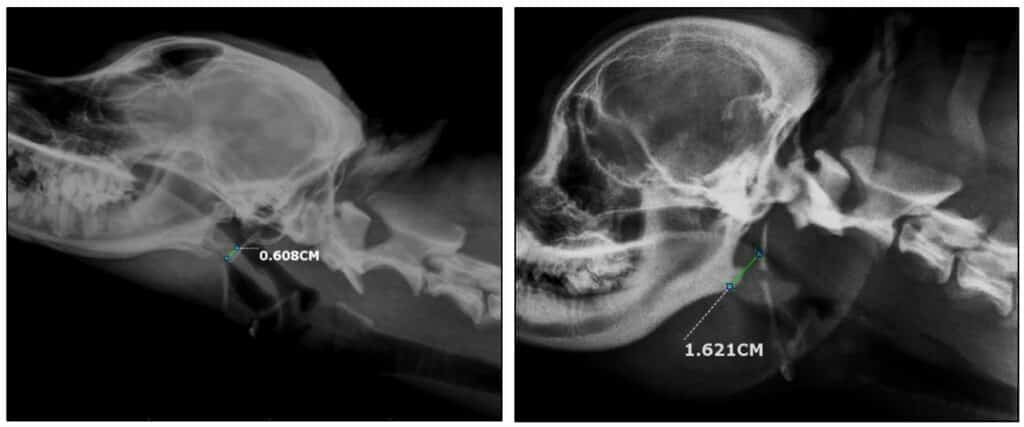
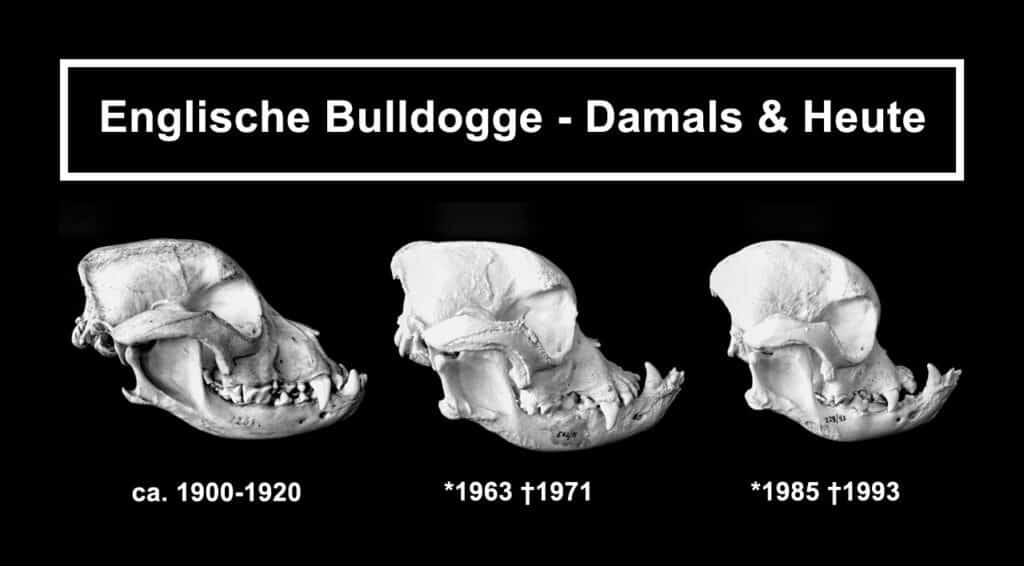
The larynx can experience a variety of changes due to the suction effect of the permanently increased work of breathing. Vocal pockets may protrude and cartilage collapse. This also contributes to making the airway problem worse over time by narrowing the entrance to the larynx . Finally, the trachea is often relatively underdeveloped.
Any narrowing of the airways, no matter how slight, leads to a sharp increase in breathing resistance. The more bottlenecks there are, the more seriously this affects the dog. The changes described occur regularly, but the extent and contribution to airway narrowing is individual for each patient.
Diagnosis of brachycephaly
Before the operation, a complete medical history should be taken in order to obtain as complete a picture of the patient as possible. The most important specific investigations include:
- the external assessment of the nasal entrance
- assessment of the throat with the soft palate, tongue and larynx as far as visible
- a chest x-ray to assess the trachea, lungs and diaphragm
- an endoscopic examination of the nasal cavity
- Computed tomography of the head to fully assess the turbinate, skull and especially pharyngeal dimensions can complete the specific examination
Therapy for brachycephalic syndrome
Therapy for brachycephalic syndrome is surgically and aims to reduce breathing resistance. It therefore begins with the individual anatomical changes of each patient. Most patients have nostrils and an elongated and thickened soft palate .
Surgical therapy therefore consists of widening the nostrils , expanding the nasal vestibule and removing excess soft palate tissue . Many patients have prominent vocal pockets. Here too, tissue resection helps to expand the airway. These measures can help most of the affected dogs.
In addition to the surgical intervention options described, there are only a few conservative options to treat the condition. The most important accompanying measure is weight control or reduction in overweight dogs.
Soft palate surgery dog
Many owners of short-nosed dogs have heard about an elongated soft palate and the possibility of soft palate surgery . Soft palate surgery can help your dog pant and snore less. However, many dogs have multiple narrowings of the upper airway and correcting the throat mucosa through soft palate surgery is only a small part of the surgical options that can make breathing easier for your dog. Brachycephalic dog breeds were specifically bred to have a particularly short facial skull and thus a characteristic appearance. This change in the anatomy of the head also affects the width of the airway. If the airway is narrowed, dogs experience breathing difficulties, which can vary in severity and can be alleviated by a soft palate operation and further surgical measures as part of a multi-stage procedure. Some four-legged friends have problems at a young age, while for others the symptoms only develop over the course of their lives.
Chances of success of treatment
An operation is more likely to be successful the younger the affected animal is. However, surgery for brachychephaly can significantly improve the symptoms , but unfortunately a complete cure is not possible. Nevertheless, the animal has a significantly better quality of life and is also very likely to live a longer and healthier life.
The most common surgical procedures we perform concern the palate/soft palate (shortening and thinning of the soft palate), expansion of the nostrils and resection of the everted laryngeal sacculi (eververted sacculi). These are all potential constrictions that can affect airflow when inhaling and exhaling.
The aim of the surgical procedures is to improve the living situation of the four-legged patient. Each affected animal requires an individual assessment of the problems and treatment.
After the operation, the patient wakes up under constant monitoring and, as soon as he is fully awake and stable, is usually allowed to go home the same day. You will receive any medication from us or your pet doctor and an appointment for a follow-up check will be arranged with you.
You can use this form to request a non-binding callback request for advice on treating your dog/cat with brachycephalic syndrome. The doctor's report or an x-ray is not mandatory.

